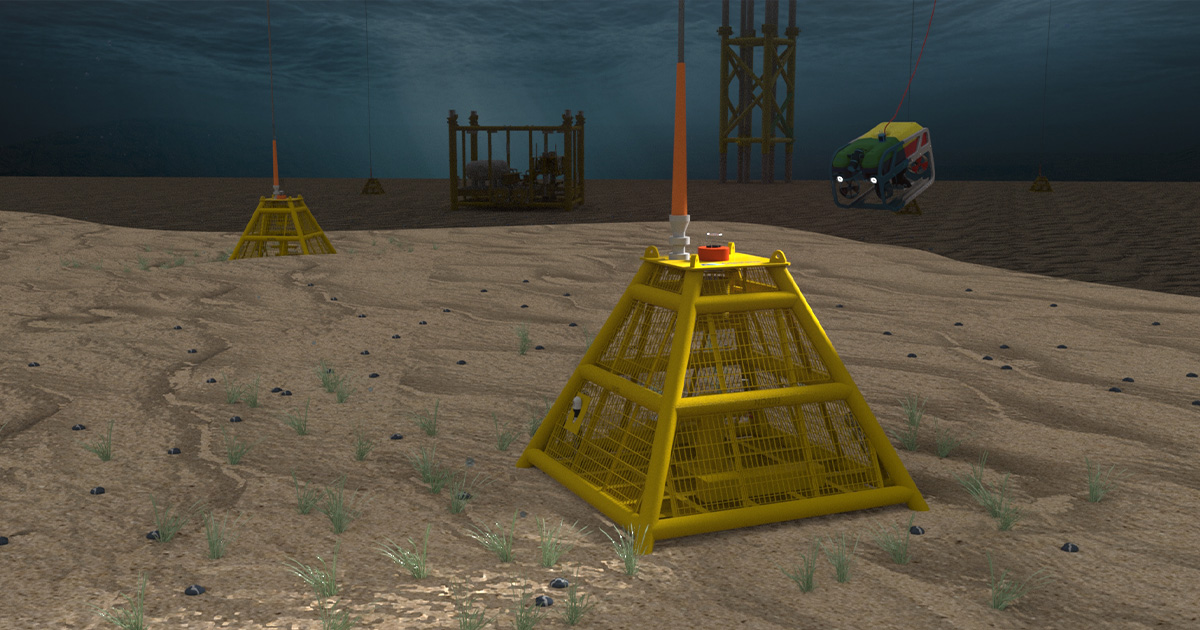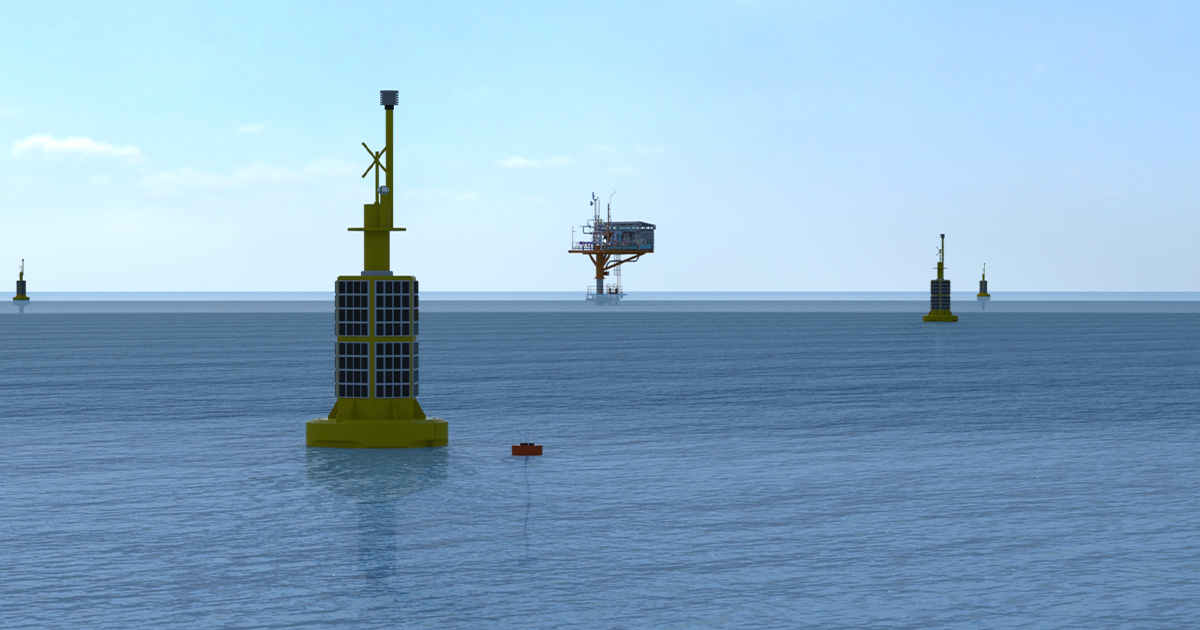Aquaterra Energy, a leader in global offshore energy engineering solutions, has unveiled a new CO2 management platform that will allow for long-term monitoring and sustained integrity of underwater carbon capture and storage (CCS) sites.
The integrated solution provides monitoring of both sub-surface fibre optic seismic arrays, as well as dissolved CO2 gas detection via self-powered (solar or wave), remote data transmission nodes between the seabed and surface - ensuring this carbon monitoring technology does not create more carbon emissions in the process.
Ben Cannell, Innovation Director at Aquaterra Energy said: “CCS is essential for supporting our global transition to net zero by safely storing harmful emissions that would otherwise be released into the atmosphere or combined with carbon negative technologies that remove atmospheric CO2 thereby reducing the global CO2 debt. We’re committed to playing our part in making this process as secure as possible.”
Deployed in remote locations within the injection site block, permanently installed shallow bore hole fiber optic arrays allow repeat seismic surveys to be completed on demand. This process will provide evidence that the storage site is performing as expected against the baseline engineering and seismic data, during and post CO2 injection. The CO2 plume can be tracked and its migration within the formation compared against predictions and storage site expectations. Should any deviations arise, it allows for proactive measures to be taken such as reducing or stopping injection or diverting injection to alternative well centers.
 The addition of dissolved gas sensors offers a further layer of security. A reactive alarm system identifies actual CO2 leaks into the water column, through a patent-pending approach. The sensors will detect and compare dissolved gas percentages combined with current speed, direction and other node location data to identify the location and extent of a suspected leak. The data is transmitted onshore via satellites for analysis and verification. This host sensor array can be customized with additional sensors to cover any site specifics.
The addition of dissolved gas sensors offers a further layer of security. A reactive alarm system identifies actual CO2 leaks into the water column, through a patent-pending approach. The sensors will detect and compare dissolved gas percentages combined with current speed, direction and other node location data to identify the location and extent of a suspected leak. The data is transmitted onshore via satellites for analysis and verification. This host sensor array can be customized with additional sensors to cover any site specifics.
The system is a fully end-to-end service that offers reassurance to the industry and society that the CO2 is being managed and stored securely. Cannell adds, “Critical to the success of offshore CO2 storage is the ability to guarantee the performance of the storage formation and prevent leaks before they happen via intelligently generated field data and planning. I’m delighted to be working on an innovative solution that provides that market confidence.”


